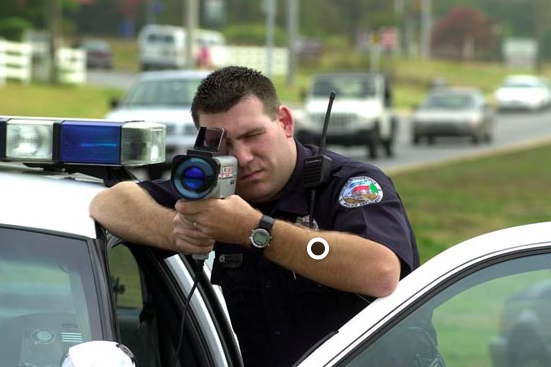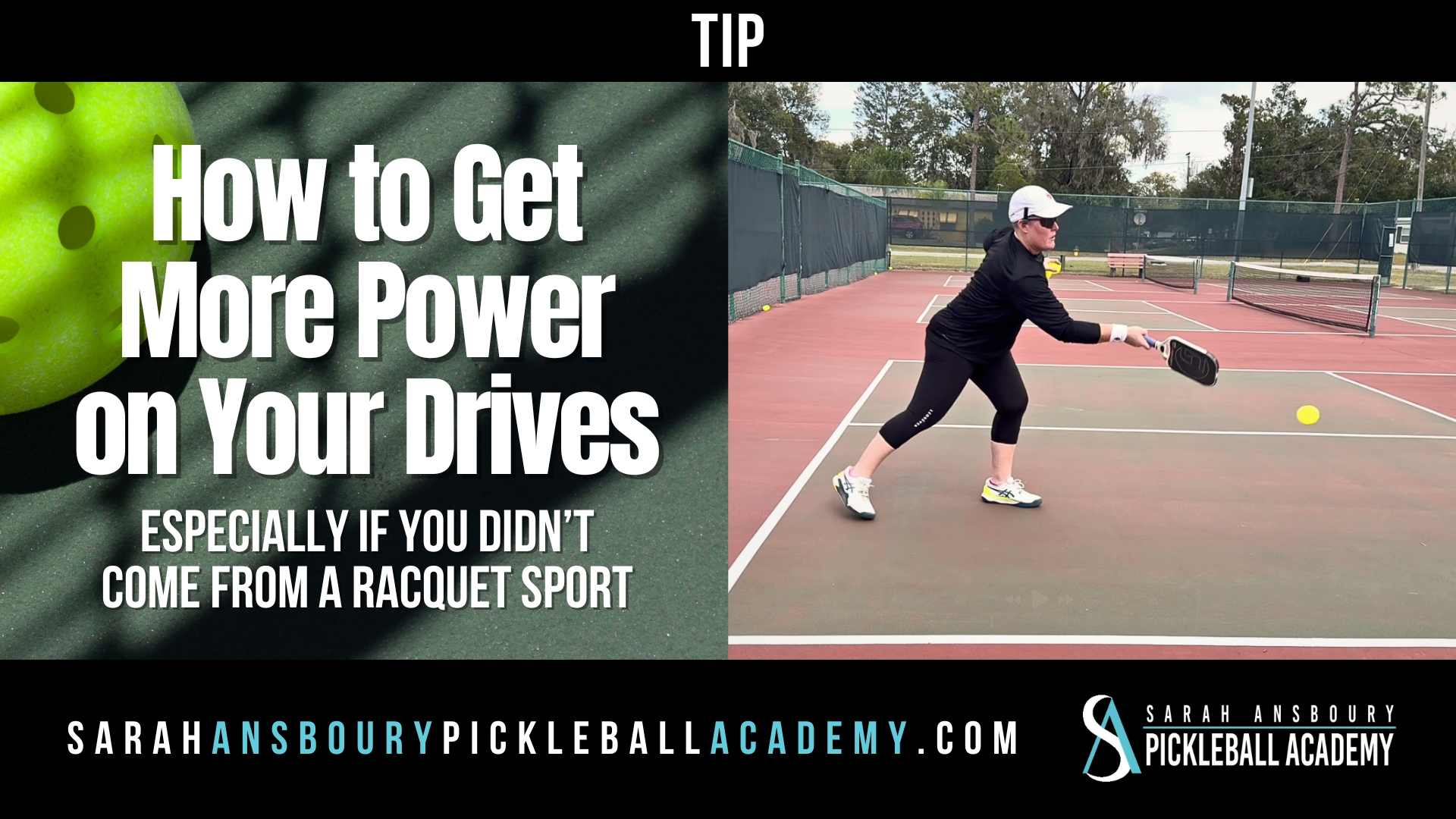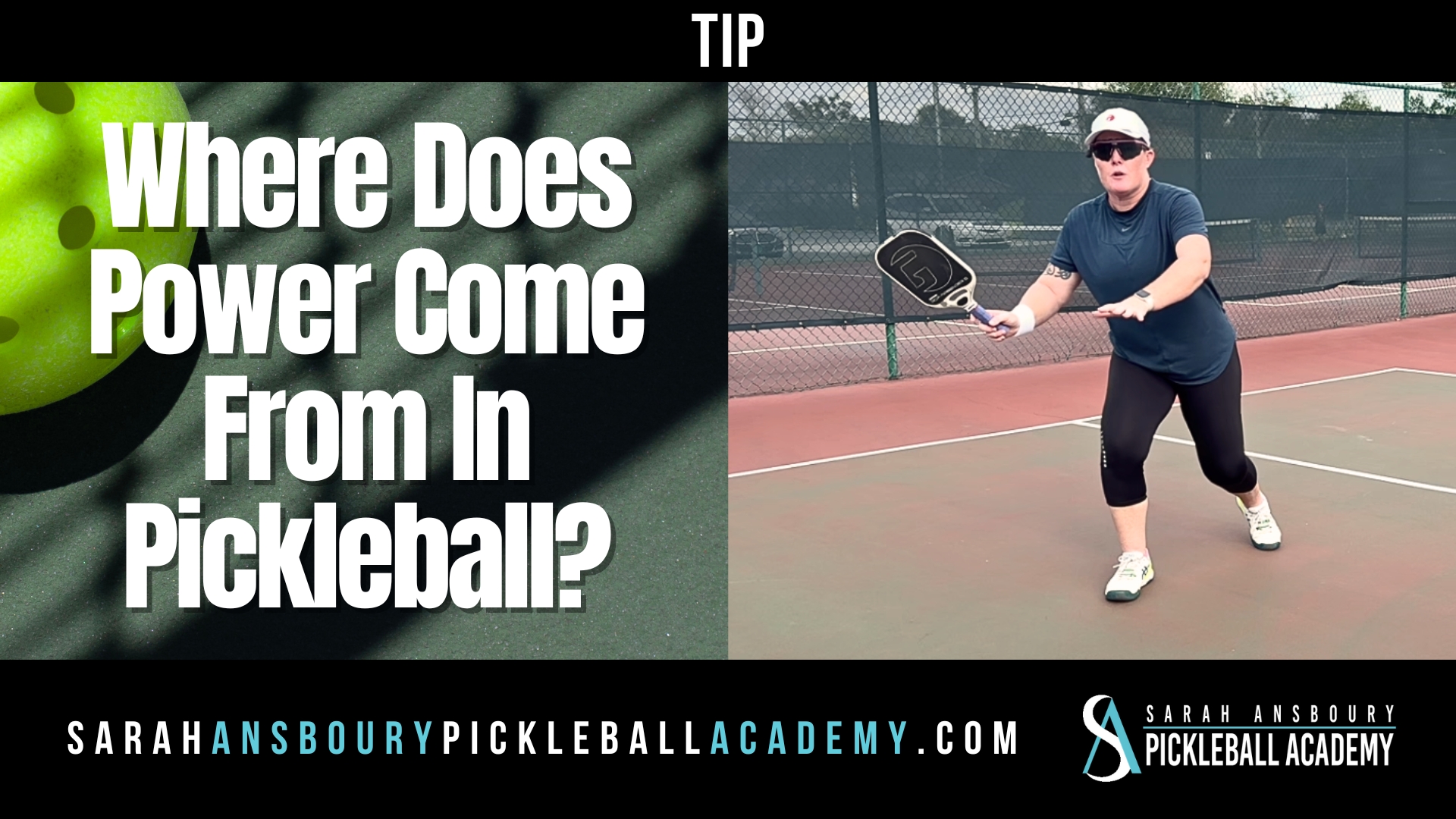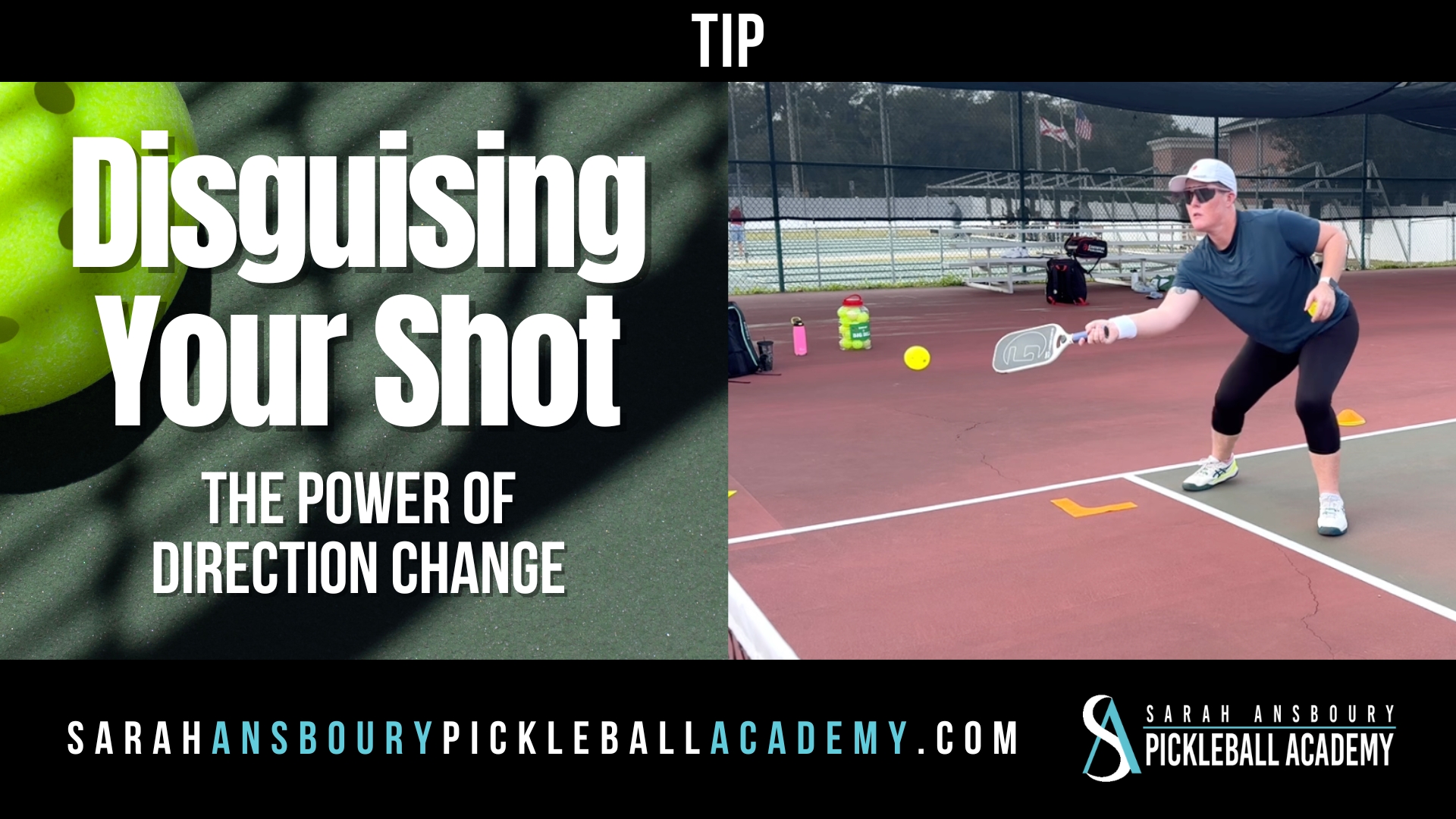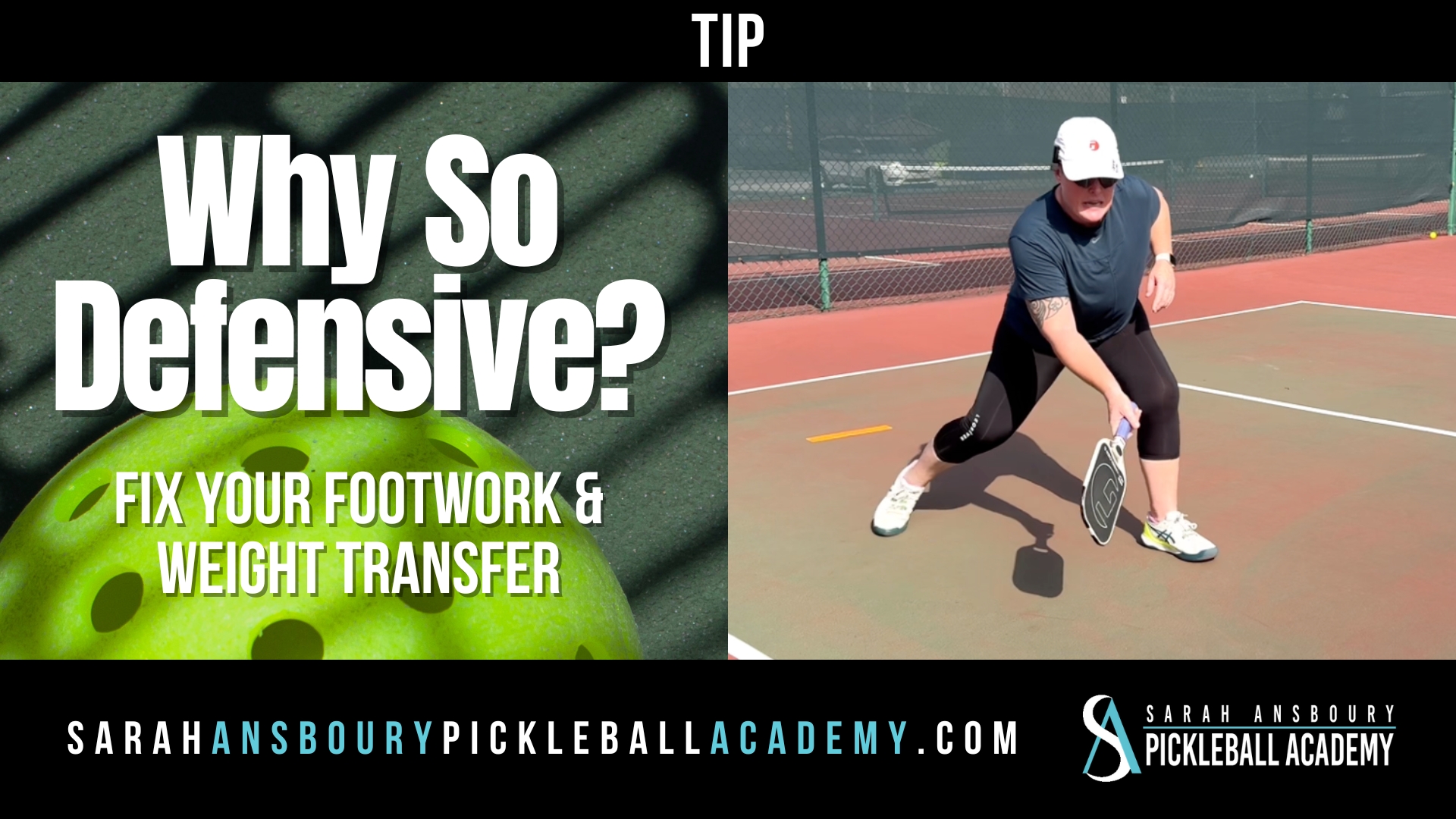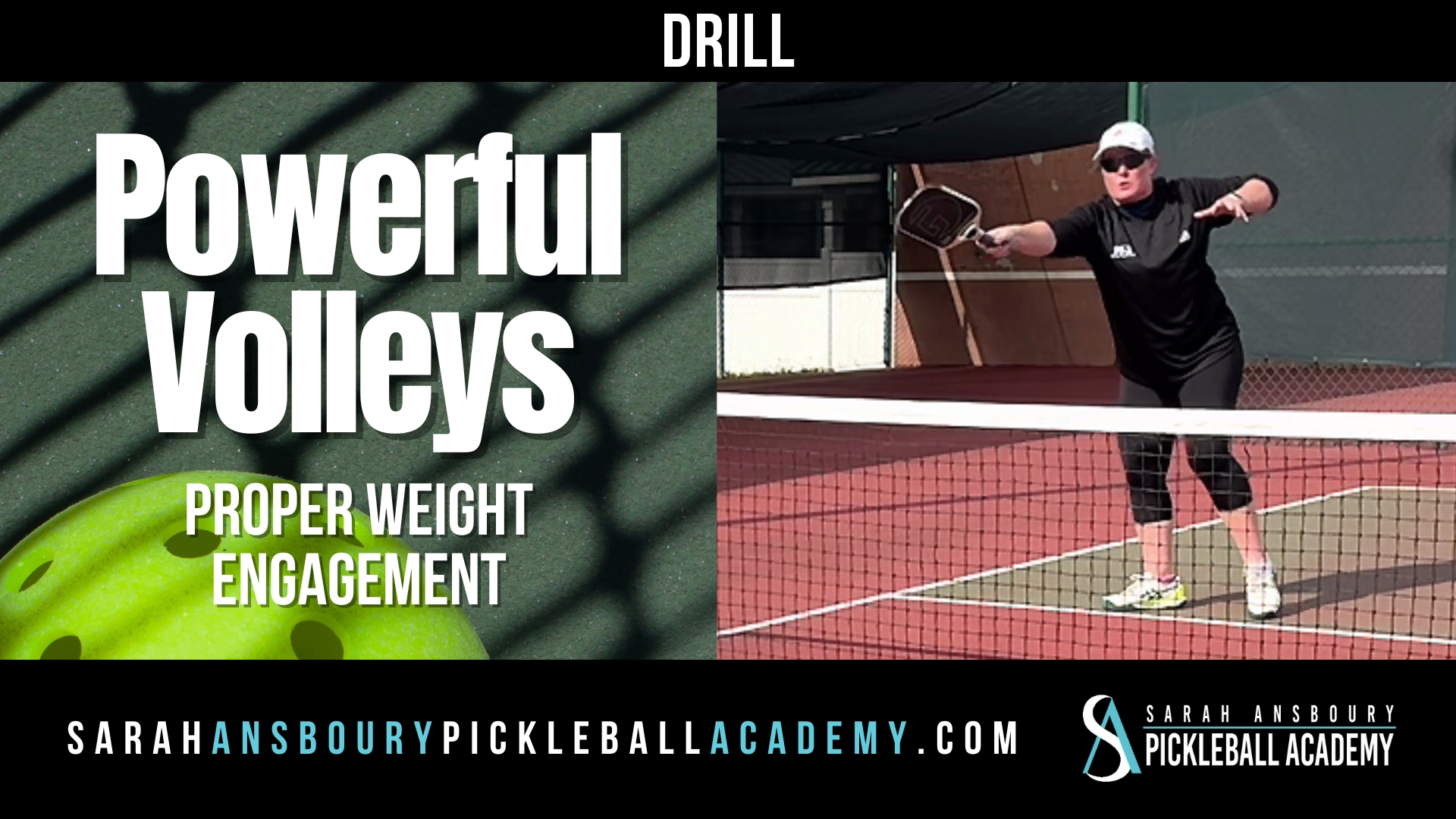If you are a regular reader you know that I want you to slow down, stop shuffling and move less on the pickleball court. “Easier said than done,” you say. Today we talk about my keys to doing this.
Slow Motion
When I watch less advanced players on the court, they move backward and forward, and side to side constantly. They retreat to cover something. After poaching they run back to their side of the court. They are always in a hurry in their attempt to “follow the ball”,
When we watch higher level players play, they seem to be in slow motion. When they do need to run for a ball, they accelerate quickly and deliberately, but then return to play that requires them to move only one or two unhurried steps to the ball.
Move Less Key #1: Pick Up Your Feet
Too often people shuffle their feet when moving along the non-volley zone line. By doing this you are unable to properly distribute your weight, making it more difficult to accelerate when needed. Instead, I want you to be deliberate and pick up your feet. If I am on the right side of the court and have to reach a bit to my forehand, I will step out with my right foot. To do this I push off my left foot and make contact with the ground with my right foot before I make contact with the ball. My right foot will not be my lead foot, i.e. I will not follow with my left foot. But at a minimum, I want my left heel off the ground, and my toe turned in the same direction as my right. Too often I see players still holding their left foot in place which drags their weight away from the shot and puts them in a defensive position.
Move less Key #2: Focus on your Toes
I want my weight to stay down through my shot. One of my keys to doing this is to ensure my toes are always on the ground. This 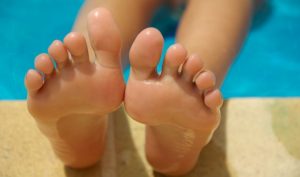 may seem obvious to you, but too often I witness players playing off their heels. Bad things happen when my toes start pulling up.
may seem obvious to you, but too often I witness players playing off their heels. Bad things happen when my toes start pulling up.
Whichever foot you are stepping to the ball with is your lead foot and you want your weight to follow you. This is what gives you control and range of motion. Your lead foot can pull you up and forward after your shot preparing you for the next shot.
This would be the same as stepping into a shot approaching the net. I want to step in the direction of the ball allowing me to continue to follow it.
I also want my toes pointing at the ball. This ensures my hips are in the same direction allowing me to cut off balls and move my body in the direction the ball more smoothly.
be deliberate
Start being more deliberate about your movement. Instead of moving because you are supposed to move. Make deliberate movements that will allow you to be in more control, and generate more power. Move less on the court and you will win more.

